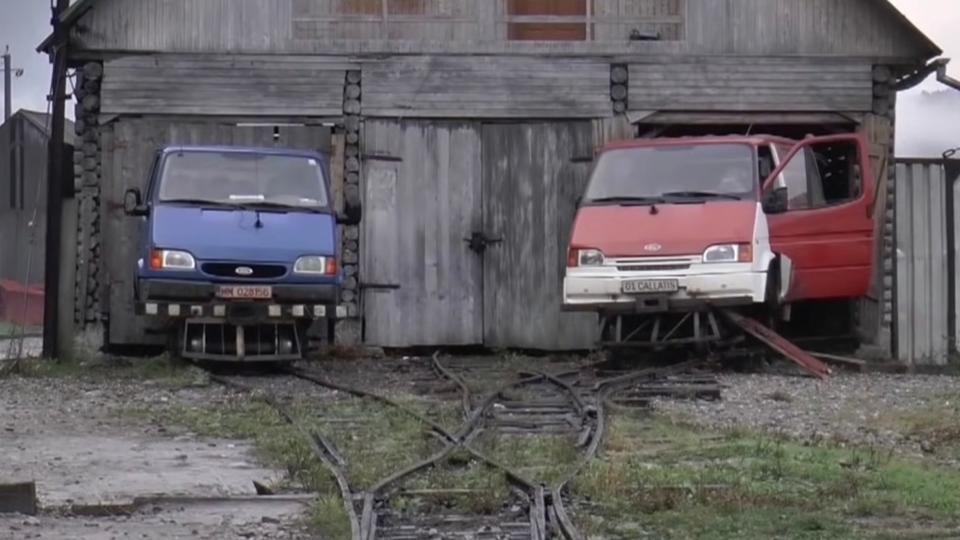Ford Transit Van on Rails Is Basically a Stick-Shift Diesel Locomotive

Nestled near the northern border of Romania is a tiny little mocăniță (or narrow-gauge railway) that was once used for logging. Like many historic rail lines, it's now a tourist attraction where steam locomotives parade its 37-mile length on charter trips and holidays. But a more common sight is a far less romantic one: a pair of old Ford Transit vans on train wheels. Guess you might call them Ford Trains-its.
While the Vaser Valley Railway is partly a curio today, it's still a valuable piece of infrastructure. It continues to be used for logging (though the working engines are now diesels), but it's also an important link into the Carpathian Mountains. It's hard to justify sending a whole locomotive up there when a ranger or border patrolman needs a ride, so instead, they just take the car. Or rather, the van.
https://www.youtube.com/watch?v=0zeBIxI7n1I
Bordering on railbuses, these rail vehicles are derived from the 1986 to 2000 Transit, which isn't far from the perfect automobile to adapt. Their small footprint is relatively spacious and designed to navigate tight European cities, while its body-on-frame construction makes it easy to mount on rail trucks. (It's a full-time rail vehicle, not a hi-rail.) With the drivetrain hooked up and a cowcatcher put on, they're good to go.
Which powertrains the two vans use aren't reported, but offboard footage sounds like a diesel—probably the Transit's 2.5-liter four-cylinder—while onboard shots show a manual transmission in action. It's not fast, but it doesn't need to be: the rails are visibly in rough shape in parts. Besides, it's economical, especially with train wheels' low rolling resistance.
While the vans have a reverse gear, the poor visibility out the back (and the need to crane one's neck) means they're apparently not often run in reverse. Instead, the vans turn around by extending what looks like a repurposed screw press underneath, allowing the entire thing to be pivoted by hand in a new direction. It's a similar principle to a roundtable, just a whole lot more Macgyver.
The vans look capable of flag stop service, though info on their exact operations is hard to come by. They presumably operate similarly to U.S. railbuses, such as the famous Galloping Goose fleet of the Denver & Rio Grande Western. They too traveled on a narrow-gauge line, ferrying people and delivering mail for cheap.
They may be inglorious ways to get around, but there's a touch of Studio Ghibli about a rickety little machine making its rounds down a verdant mountain valley. After all, we can all think of worse jobs than being at the wheel of these funny little Fords.
Got a tip or question for the author? You can reach them here: james@thedrive.com

 Yahoo Autos
Yahoo Autos 